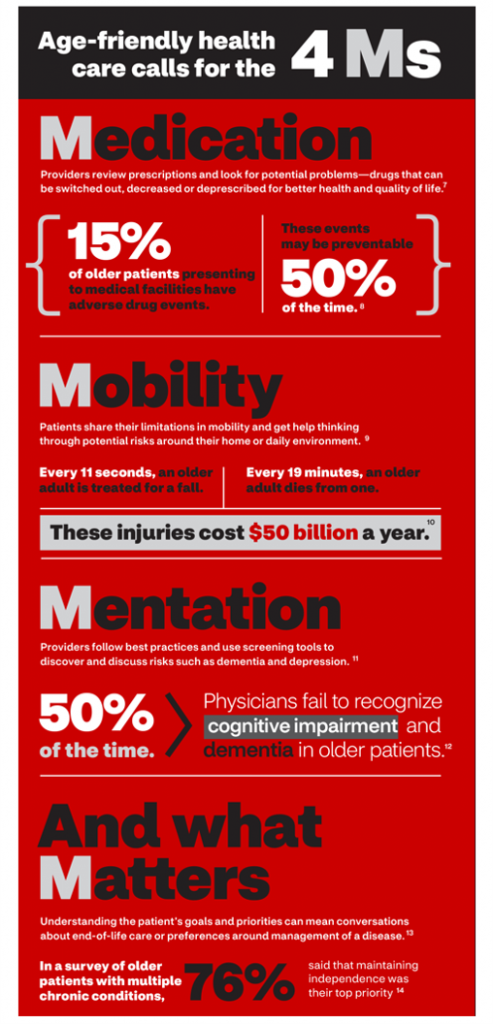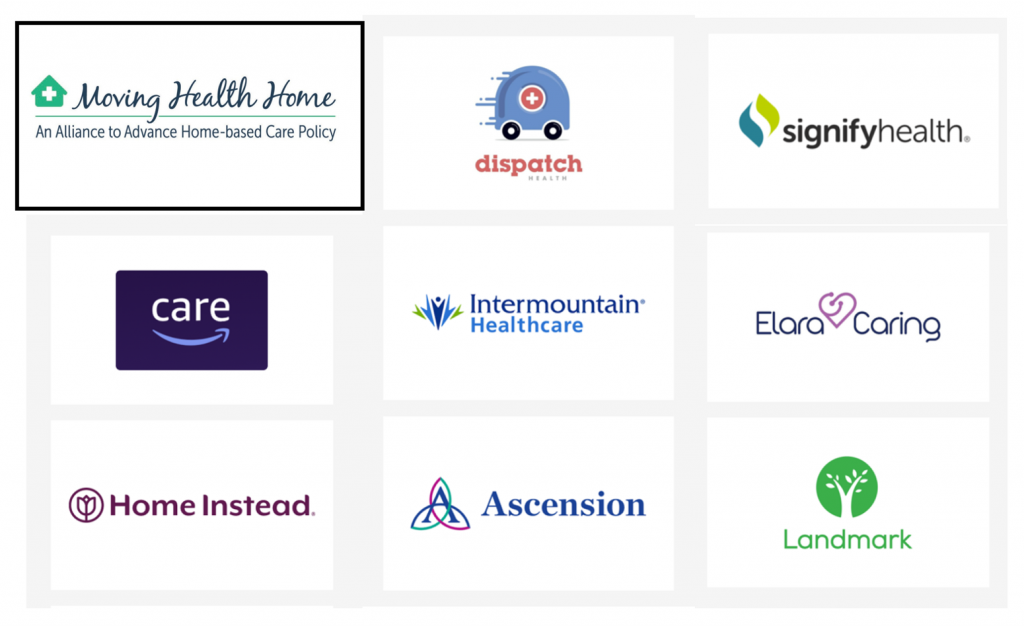Expanding omni-channel, data-driven, cost-effective health care in the community, tailoring that care, and attending to mental health paint the picture of health through the lens of CVS Health.
 The company published the Health Trends Report 2021 today, calling out ten forces shaping health care this year. Those themes are,
The company published the Health Trends Report 2021 today, calling out ten forces shaping health care this year. Those themes are,
- The Year of the Pharmacist
- The Next Step Forward in Cardiac Care
- Cancer Needs a Better Roadmap
- The EHR Hits Its Stride
- The Mental Health Shadow of COVID-19
- Tailor Care to the Older Patient
- More Agents that Predict Disease
- Paying for the New Medical Miracle
- Virtual Care Goes Mainstream, and
- Diabetes Care is Community Care.
We can weave these market forces together into several mega-trends…
Community-based care grows in 2021. The most obvious trend from which CVS Health benefits, as well as is defining, is the growing opportunity for primary care to be delivered in the community and in peoples’ homes. Trend #1, The Year of the Pharmacist, speaks to pharmacists bolstering medication management along with joining the growing “arm forces” of vaccinators to get COVID-19 shots into patients’ arms. Pharmacists are among the most honest and ethical professions in the U.S., according to the annual Gallup Poll that assesses trust in specific job categories. Given the high level of trust most U.S. health consumers place in pharmacists, they can play an important role in building back patients’ trust in vaccines and the vaccination process.
Data makes health care smarter in 2021, especially for chronic conditions. As the EHR “hits its stride” (Trend #4), data will increasingly underpin treatment paths, personalized medicine, and predictive care (Trend #7) to manage patients’ risk upstream. Great data liquidity will also inform cardiac care (Trend #2), cancer treatment paths (#3), care for aging people (#6), and diabetes care (#10).
Since the early phase of the pandemic, CVS Health expanded the use of Epic MyChart, the report explains, to deliver COVID-19 test results to patients as well as provide an on-ramp to patients seeking telehealth visits.
Health care is omni-channel. As telehealth and virtual care platforms quickly stood up in 2020 during the early weeks in the coronavirus pandemic, both patients and health care providers aligned to continue to meet-up for encounters while keeping viral exposure at bay. In the report, Adam Pellegrini who leads Enterprise Virtual Care & Consumer Health Innovation at CVS Health asserts that, “We need to offer care in the ways that people are looking to receive it — through phones, through connected devices, through asynchronous conversations and, of course, through the telehealth visit.”
Not only is virtual care mainstreaming (Trend #9), but patients’ growing use of wearable tech in the pandemic is another source of patient-generated health care data that can fill in the blanks of between-visit health status checks — such as weight, blood pressure, blood glucose, EKG, and other metrics that are very useful to track — especially when they are out-of-normal ranges. This trend converges with the EHR maturing, and chronic care management innovations, along with the growing use of algorithms to predict and manage health risks.
Mental health care is the epidemic side-effect growing with the pandemic. Even as the coronavirus abates in the U.S. and around the world, the toxic side-effects of long-term quarantining and physical distancing, along with social and political stress, will be anxiety, depression, and stress. Even before the pandemic emerged in the U.S., the nation had a shortage of psychologists and other therapists. Telehealth helped to get necessary therapy and counsel to many health citizens who never accessed such services before. In fact, mental and behavioral health care services were among the most utilized virtual care programs patients accessed in 2020. The fact will remain that in and beyond 2021, peoples’ needs for addressing mental health will exceed the traditional supply of providers. Digital platforms can help scale mental health supply where it needs to meet growing demand among health citizens profoundly impacted, mind, body, and soul, in and beyond the coronavirus pandemic. To make this work, patients will need to be assured they will be treated with respect and sensitivity (for treatment as well as for privacy and data stewardship), as well as payment being covered for these services that have long been fragmented or carved away from primary care — where mental health belongs and should be integrated.
Health Populi’s Hot Points: CVS Health is among the retail health leaders recognizing the systemic, central role of the social determinants of health — and local obstacles that too many patients face in getting necessary health care services. Note that in July 2020, weeks after the death of George Floyd, CVS Health launched a $600 million investment to address racial equality, most recently allocating several million dollars for housing in greater Phoenix. These investments and the migration of more care closer to where people live, work, play, pray, learn, and shop, will also benefit some of the nation’s most significant burdens of disease such as diabetes captured in Trend #10, which CVS Health titles, “Diabetes Care Is Community Care.”
Increasingly, given the growing use of EHRs, data interoperability, and patients seeking care “everywhere,” more care will morph into “community care.”
The bold red graphic above comes from the CVS Health report, calling out “4 M’s” that can improve health and care for older people.
 Instead of the “4 P’s” marketers have used for time immemorial — Price, Product, Place, and Promotion — CVS Health uses the construct of “4 M’s:” Medication, Mobility, Mentation, and what “Matters” — the patients’ values, goals and preferences. In particular, 3 in 4 older patients dealing with multiple chronic conditions said that staying independent is their top priority — which has so much to do with the other 3 “M’s.”
Instead of the “4 P’s” marketers have used for time immemorial — Price, Product, Place, and Promotion — CVS Health uses the construct of “4 M’s:” Medication, Mobility, Mentation, and what “Matters” — the patients’ values, goals and preferences. In particular, 3 in 4 older patients dealing with multiple chronic conditions said that staying independent is their top priority — which has so much to do with the other 3 “M’s.”
Attending to all of these M’s for all health citizens, from younger to older, can bolster outcomes across ages and stages and continua of care. That’s the promise of omni-channel care as Adam Pellegrini described in the report. Increasingly, care will be delivered closer and closer to the patient and, especially, in the home.
That is the intention of a the coalition, Moving Health Home, launched last week. A consortium of cross-industry stakeholders, including Amazon, Ascension, and Intermountain Healthcare, among others, seeks to re-imagine what “home care” should and can be. Watch this space for this growing phenomenon of hospital-to-home services along with a growing array of Internet of Things devices that help people self-manage chronic conditions in the comfort and safety of their homes.
The post Ten Forces Shaping Health Care in 2021: A View from CVS Health appeared first on HealthPopuli.com.
Ten Forces Shaping Health Care in 2021: A View from CVS Health posted first on https://carilloncitydental.blogspot.com
No comments:
Post a Comment